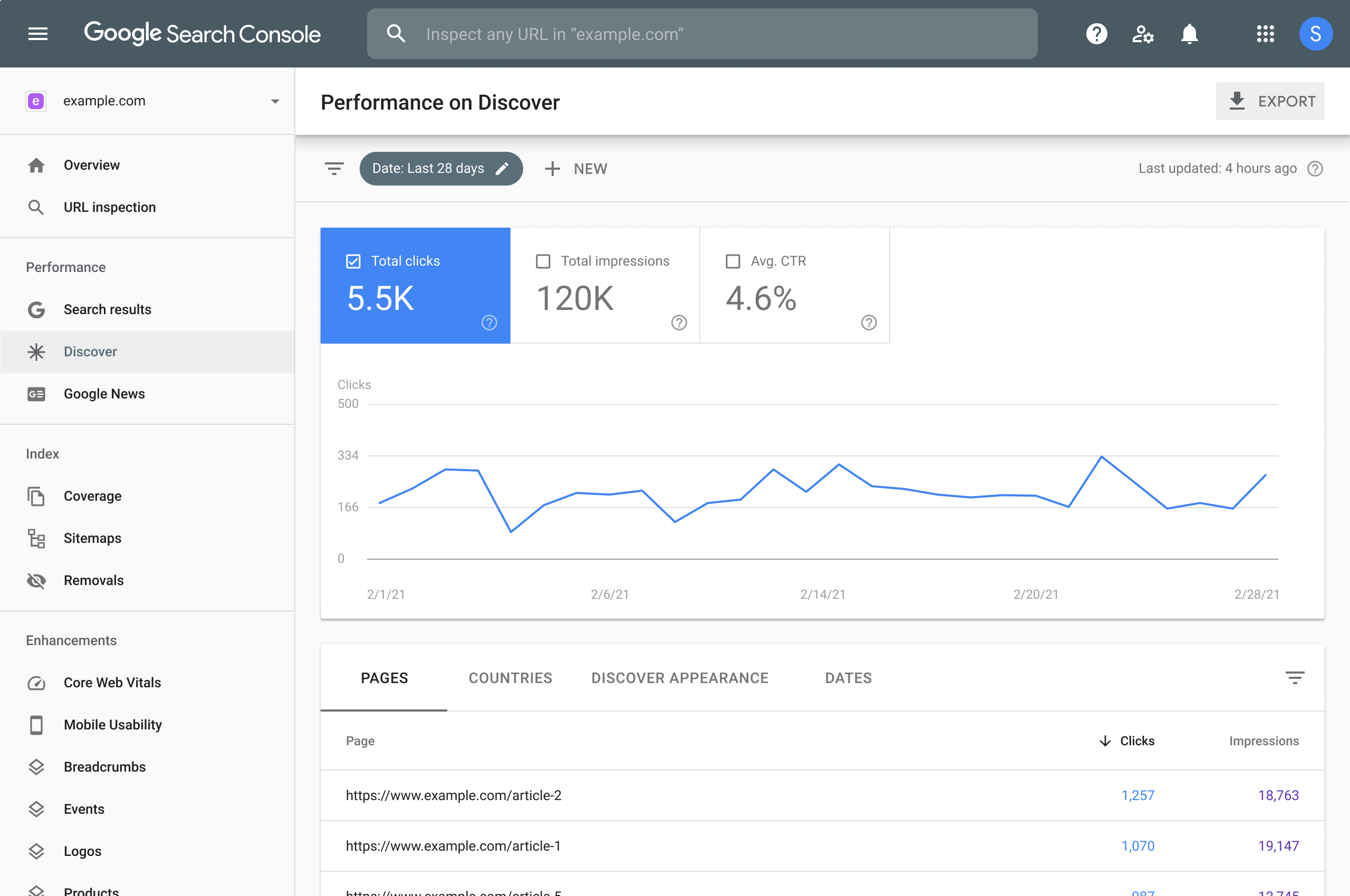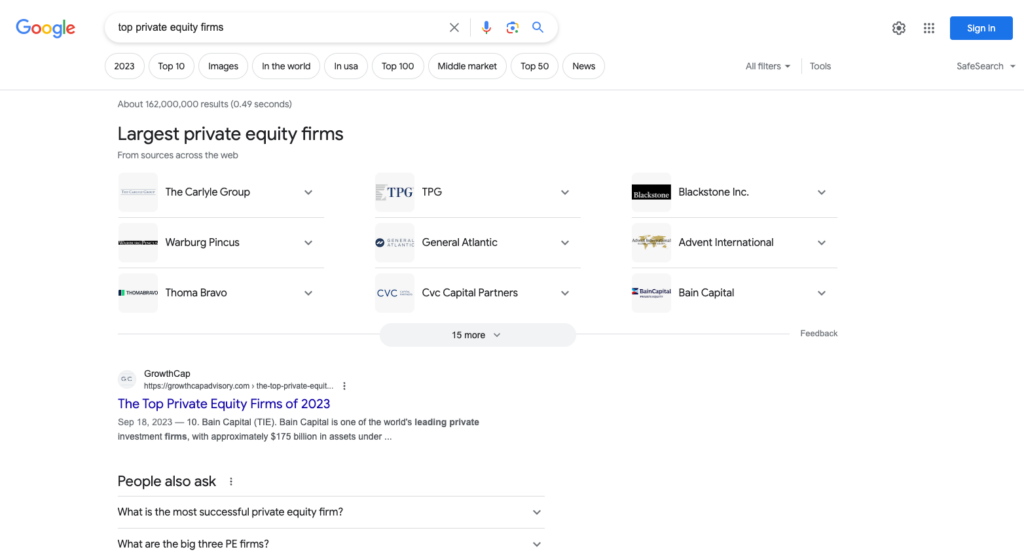What is a Tech Stack?
A tech stack is a set of software tools and programming languages that serves as the foundation of any technology project, including websites, desktop software and apps.
It’s also the backbone of a project and can determine its performance, scalability and maintenance in the long run. Selecting the right one can help developers streamline their work, speed up the development process and provide a better user experience.
CASE STUDY: Transforming Big Data into Actionable Insights for Legal Services

Tech Stacks of Companies: Examples
- The LAMP Stack is a widely used open-source web development stack that is suitable for creating dynamic websites. It comprises Linux, Apache, MySQL, and PHP, where Linux is the operating system, Apache is the web server software, MySQL is the database management system and PHP is the programming language used to create dynamic web pages.
- MEAN Stack is a comprehensive JavaScript framework that is widely used to create dynamic web applications. It comprises MongoDB, Express.js, Angular and Node.js. MongoDB serves as the NoSQL database management system, Express.js is a web application framework used with Node.js, Angular is the front-end JavaScript framework that enables the creation of dynamic web pages and Node.js provides the back-end JavaScript runtime environment.
- Another JavaScript framework that is commonly used for creating web applications that support real-time updates is the MERN Stack. It comprises MongoDB, Express.js, React, and Node.js. MongoDB serves as the NoSQL database management system, Express.js is a web application framework used with Node.js, React is the front-end JavaScript library used for building user interfaces and Node.js provides the back-end JavaScript runtime environment.
- Ruby on Rails is a well-known web development framework that utilizes the Ruby programming language. It is a preferred choice for startups because of its user-friendly interface and straightforwardness. Ruby on Rails follows the Model-View-Controller (MVC) architectural pattern and emphasizes convention over configuration.
- The .NET Stack is a Microsoft technology stack that includes tools such as C#, ASP.NET, and Microsoft SQL Server. It is widely used for creating enterprise-level web applications. C# is an object-oriented programming language that helps develop Windows desktop applications and ASP.NET is a web application framework used for creating dynamic web pages.
- Django Stack is a Python web development framework that is widely used for creating scalable and secure web applications. Django follows the Model-View-Template (MVT) architectural pattern and incorporates an Object-Relational Mapping (ORM) layer that enables developers to interact with databases using Python code.
- The iOS Stack is a comprehensive stack of tools that includes Xcode, Swift, and Objective-C and is widely used for creating iOS mobile applications. Xcode is an integrated development environment (IDE) used to develop iOS apps, Swift is a programming language developed by Apple specifically for iOS app development and Objective-C was previously used to develop iOS apps before Swift was introduced.
- The Android Stack is another comprehensive stack of tools that includes Android Studio, Java, and Kotlin and is widely used for developing Android mobile applications. Android Studio is an IDE used to develop Android apps, Java is an object-oriented programming language that is used for building Android apps and Kotlin was introduced by Google as an alternative to Java for Android app development.
How To Choose the Right Tech Stack
Choosing the right tech stack is a critical decision for private equity firms. The right PE technology stack should be a cohesive system that enables fund managers to source deals, manage relationships with limited partners and portfolio companies, and close more deals.
A firm with the right technology solutions in place can work smarter and faster, deliver higher-margin services and ultimately increase profitability. For private equity firms, the technology stack should be viewed as an investment and a way to stay ahead of the competition.
READ MORE: The Power of AI, Data Analytics in IT Due Diligence
There are many factors that go into choosing the technology stack, but here are some of the more important ones:
- Out-of-the-box solutions: These are pre-built software solutions that can be used to solve common problems. They can save time and money by reducing the need for custom development. Examples include WordPress, Shopify and Salesforce.
- Integration with third-party solutions: This refers to the ability of a tech stack to work with other software solutions. It’s important to choose a tech stack that can easily integrate with other tools you may need in the future. Examples include Zapier, Segment and Twilio.
- Developer availability: This refers to the availability of developers who are skilled in a particular tech stack. It’s important to choose a tech stack that has a large pool of developers available so that you can find the right talent for your project.
- Documentation: This refers to the quality and quantity of documentation available for a particular tech stack. Good documentation can help developers get up to speed quickly and reduce the time needed for troubleshooting. Examples include React documentation and Django documentation.
- Easy to test: This refers to how easy it is to test code written in a particular tech stack. A good tech stack should have testing tools built-in or have easy-to-use testing frameworks available. Examples include Jest for React and Pytest for Python.
READ MORE: Data Warehouse Types: How To Choose the Right One
If any of this sounds like unfamiliar territory (and even if it doesn’t), it may be a good reason to look for expert help.
There are experienced, proven service providers out there who know industry-specific tech stack requirements inside-out and can help your business make the best decisions every step of the way.
READ MORE: How To Extract Data from ERP Systems
Fortunately, you don’t have to waste time searching for them. Hundreds of PE firms and private and public companies tap into the Business Builders’ Network for this exact reason.
Not only will you be connected in less than one business day, but we’ll only provide the exact-fit resources that are experienced in your particular industry.
Contact out research and operations team to get started with your firm’s or company’s tech stack.

















